Below you will find some key facts and figures, which we hope will encourage you to visit that exceptional place.
About us
We present to you the Manor House in Modlnica, a unique location at the heart of Małopolska,
just 11 kilometres from Kraków.
The historic interior of the Manor House, along with the surrounding park and elegant tent, is a great venue for hosting a variety of events. Rooms of varied sizes make is suitable for holding both smaller and larger business meetings, retreats and parties.
The Manor House spans 500 square metres, offering both full service catering and accommodation for its guests. The classicist interior of the Manor House is perfect for hosting a variety of events and celebrating important moments. Moreover, the old park provides pleasant surroundings for every occasion.
Our commitment and attention to detail guarantees a memorable experience, whether you choose to hold an event inside the Manor House itself, the tent or the park. The intimate interior of the Manor House and large green space around it make it the perfect location for events of any size. Additionally, the Church St. Adalbert of Prague and Our Lady of Sorrows in Modlnica is just a two-minute walk away from the premises.
The elegant tent pitched alongside the Manor House spans an area of 200 square metres and can fit up to 200 people, depending on the number, type and configuration of tables.
HISTORY
The oldest records about the village of Modlnica come from the 1254 privilege granted by Duke Bolesław V the Chaste, which mentions Modlniczka as a property of the Norbertine convent in Zwierzyniec. By then, Modlnica itself was already a private property. In the 14th and 15th century, it belonged to Czachor family and, according to chronicler Jan Długosz, to the Prus family. At the start of the 16th century, Modlnica became the property of rich Kraków family, the Solomons, who sold it in 1582 to Reverend Stanisław Fogelweder, secretary to King Stephen Báthory, a distinguished scholar and envoy to the Spanish court. Little is known about the following owners of the manor house. What is known is that in the 17th century, it belonged to the Kucharski family, whose graves can be found in the nearby church, and in the first half of the 18th century, it belonged to the Łapanowski family. Around the mid-18th century, Modlnica was the property of Michał Łętowski, who in 1782 (or 1784) sold it to Józef Konopka. It remained in the hands of the Konopka family until 1945.
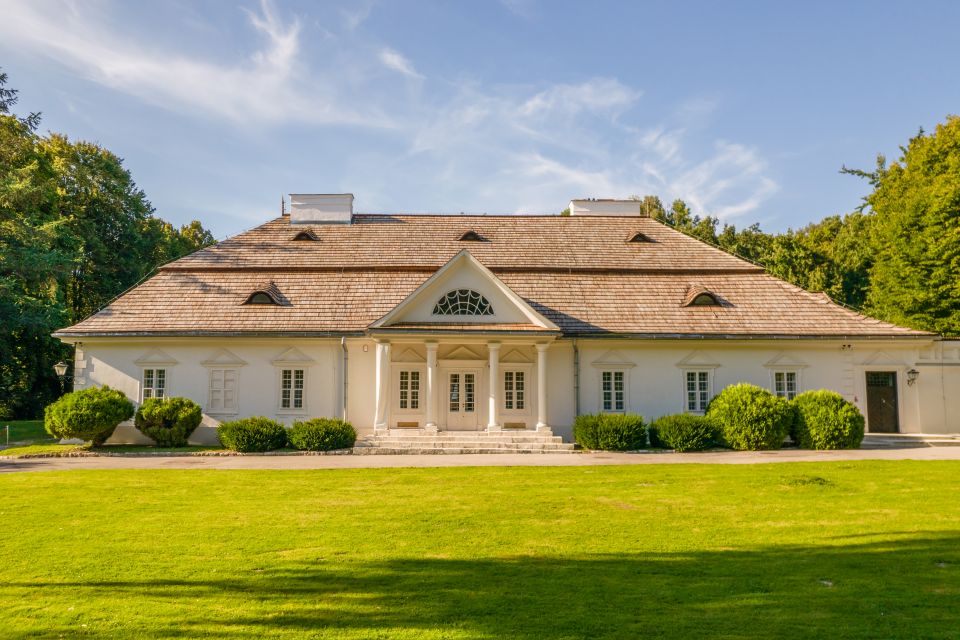
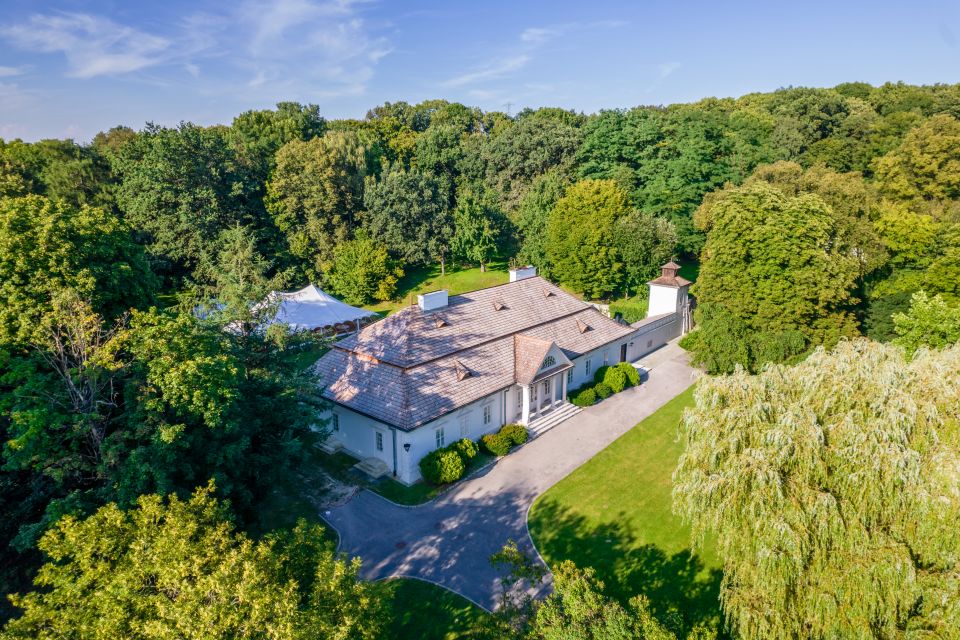
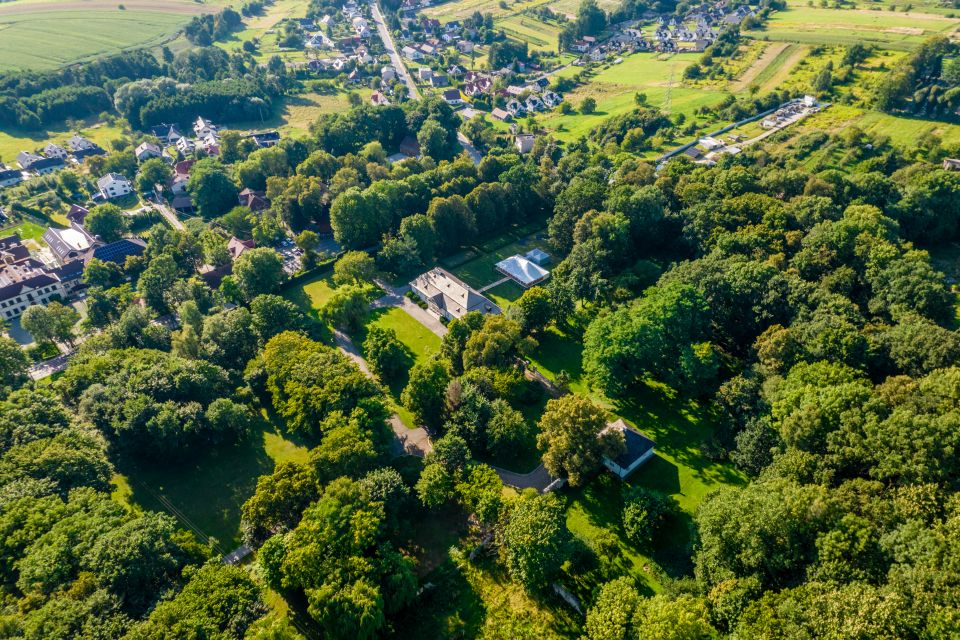
Modlnica’s convenient location on the border of the two Polish partitions greatly contributed to its development in the 19th century. This is proven by the records of three inns operating in the village, where numerous travellers made stops during their journeys. The Konopka family house became the meeting point for many notable artists and scholars, such as Artur Grottger, Walery Eliasz-Radzikowski, Antoni Kozakiewicz, and, most prominently, Polish ethnographer Oskar Kolberg, who lived in Modlnica in the years 1871–1884. During the interbellum, painter Stanisław Kamocki also lived there, creating many sketches and paintings of the manor house.
The oldest mentions of the manor house in Modlnica were found in the inventory made in 1582, when it belonged to Mikołaj Salomon. It was a large, two-storeyed wooden building placed on a brick foundation, which in addition to being a place of residence also served as a defensive position.
It is not known what happened to that building. The next description of the manor house from 1752 mentions a much smaller structure, probably built on the foundations of the last one.
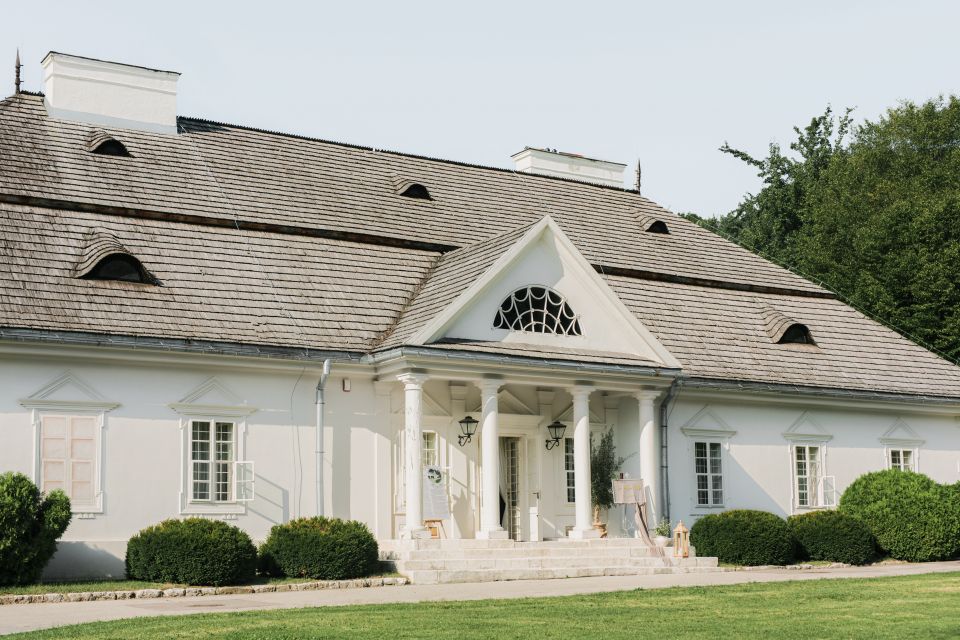
The existing manor house was erected in the place of the previous one by Józef Konopka in 1784–1787 (the architect was Karol Kriszkier). The 19th-century renovation work gave the building its classicist appearance with a four-column portico and a traditional mansard roof.
The middle part of the façade (looking from the garden) was decorated with a six-column recessed portico, typical of Polish gentry manor houses from the first half of the 19th century, bearing similarities to both the Royal Baths Park in Warsaw and traditional arcaded housing. Of interest is also a small arcaded courtyard as well as square turret on the manor’s eastern side.
From the northern and eastern side, the manor house is surrounded by a large park which drops westwards by way of four terraces, dating back to the 16th century. Later, in the 18th and 19th century, the garden was rearranged several times. Today, its main distinguishing feature is the partially preserved old stand of trees. The farm buildings near the eastern side of the manor, in particular a 1794 wooden granary, have unfortunately not been preserved. However, a brick storage building renovated in the 1960s, has been preserved in its entirety and now houses guest rooms.
In the post-war period, the manor house fell into disrepair. It was given to the Jagiellonian University in 1959, a fact that is recorded on a commemorative plaque on the façade of the building. In 1960–1964, it was thoroughly renovated as part of the 600th anniversary of the foundation of the University. The University invested a considerable amount of money to modernise the technical installations in the manor house, introducing an eco-friendly heating system in 1985 as well as fitting new water pipes.
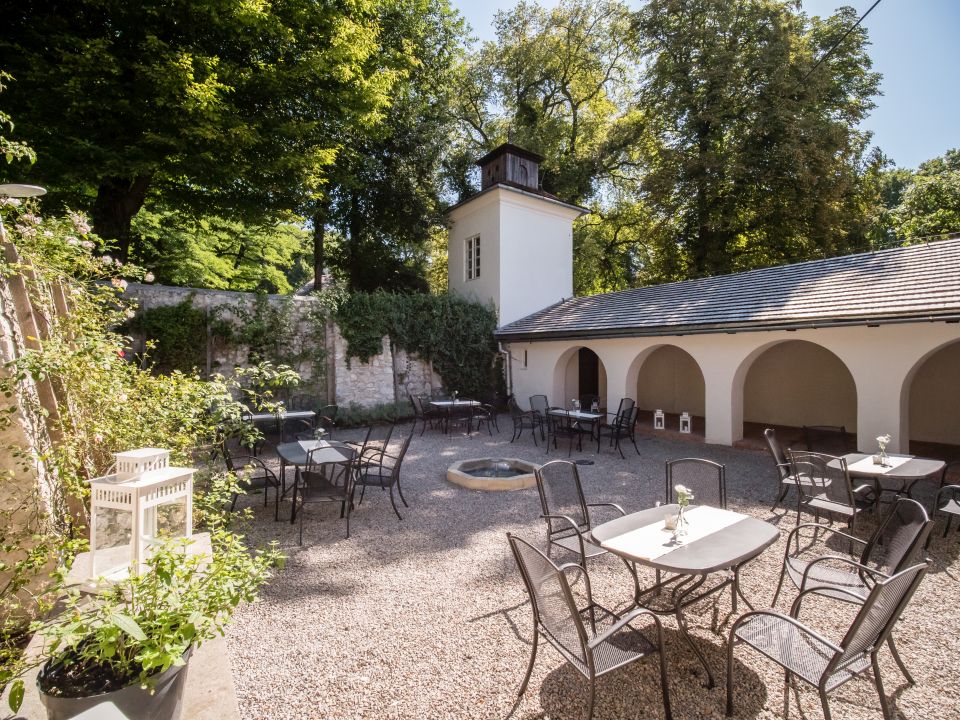
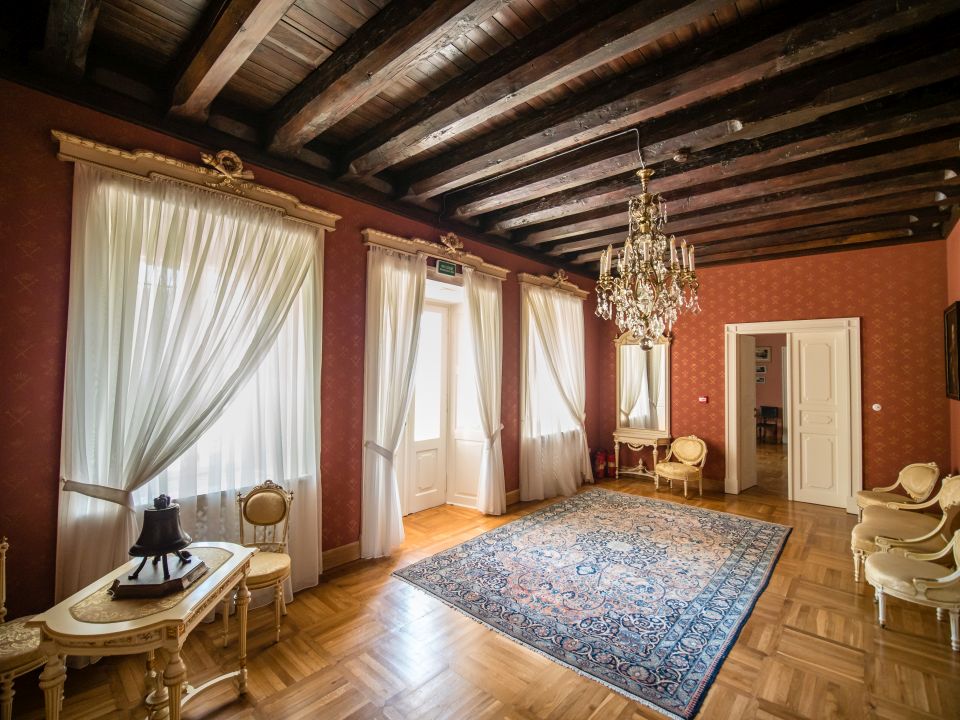
The furnishing of the manor house has not been preserved. In 1947, the building still featured faceted ceilings, classicist floors in several rooms as well as elements of window and door woodwork in the same style. The only trace of the former furnishing of the manor are three fireplaces.
Currently, the décor of the building is stylised to resemble a typical Polish gentry manor house from the 18th and 19th century. The design is supplemented by a collection of paintings in the style of Sarmatism (17th–18th century) and works by Jerzy Fedkowicz (1891–1939). Of note is a hunter’s parlour with a collection of trophies and a display of 18th-century drawings on the subject of hunting, given to the Jagiellonian University by Adam Konopka, the last owner of the manor.
From the 1960s, the manor house in Modlnica has first served as accommodation for the University staff during work retreats, and then as a branch of the JU Museum. In 1995, it became the JU rector’s Conference and Reception Centre, functioning within the framework of the Centre for Research and Science Events. Currently, it is used for commercial purposes as a venue for various events, meetings and conferences, while preserving the historic character of the interior and collections of items displayed within.
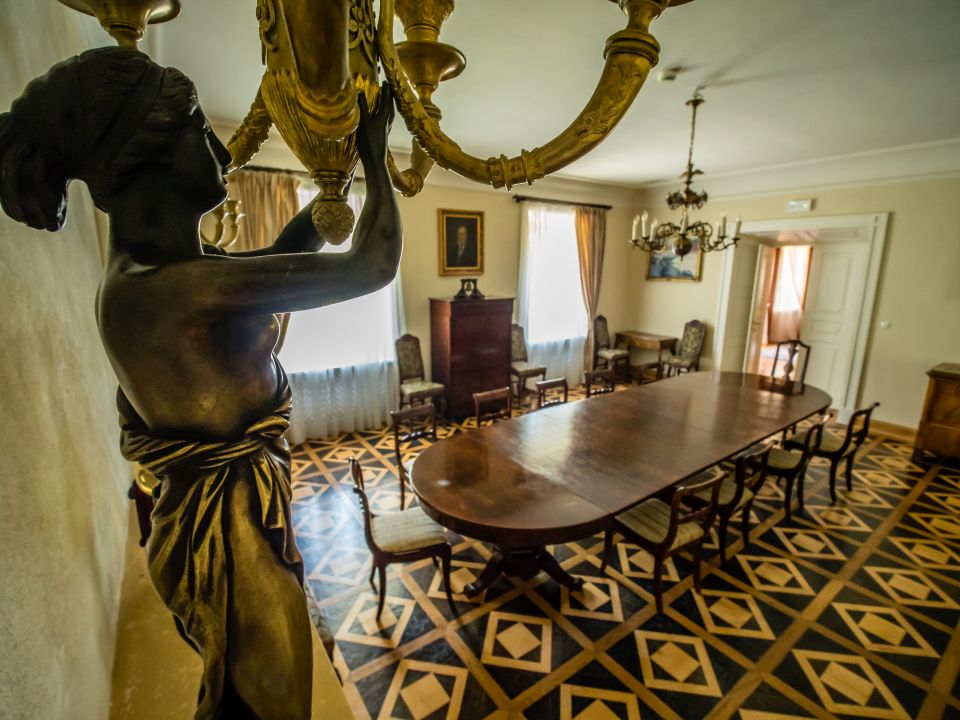
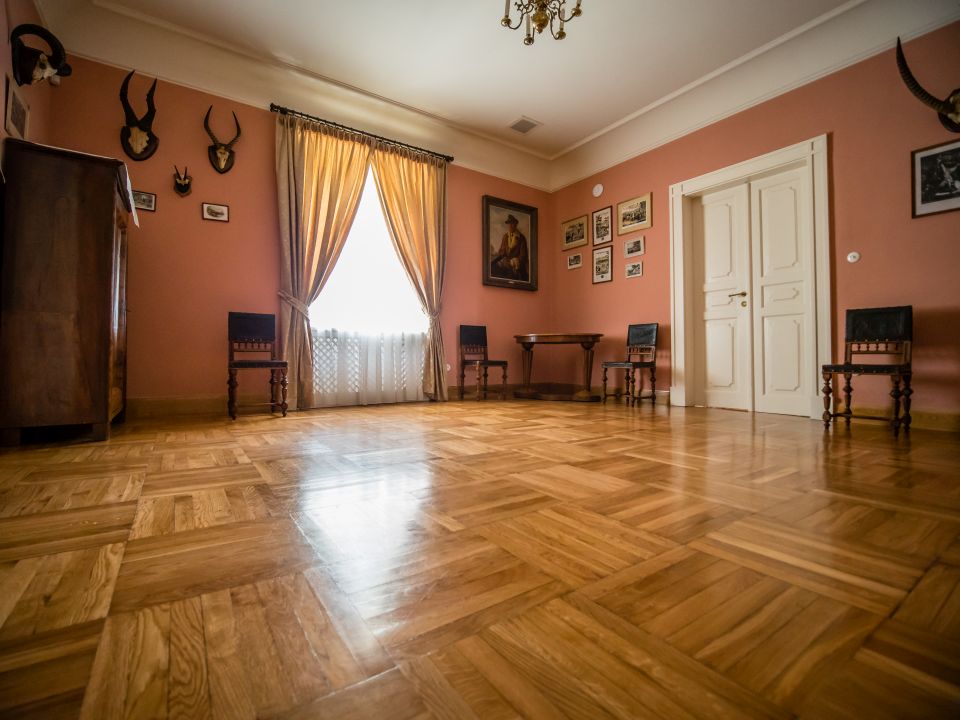
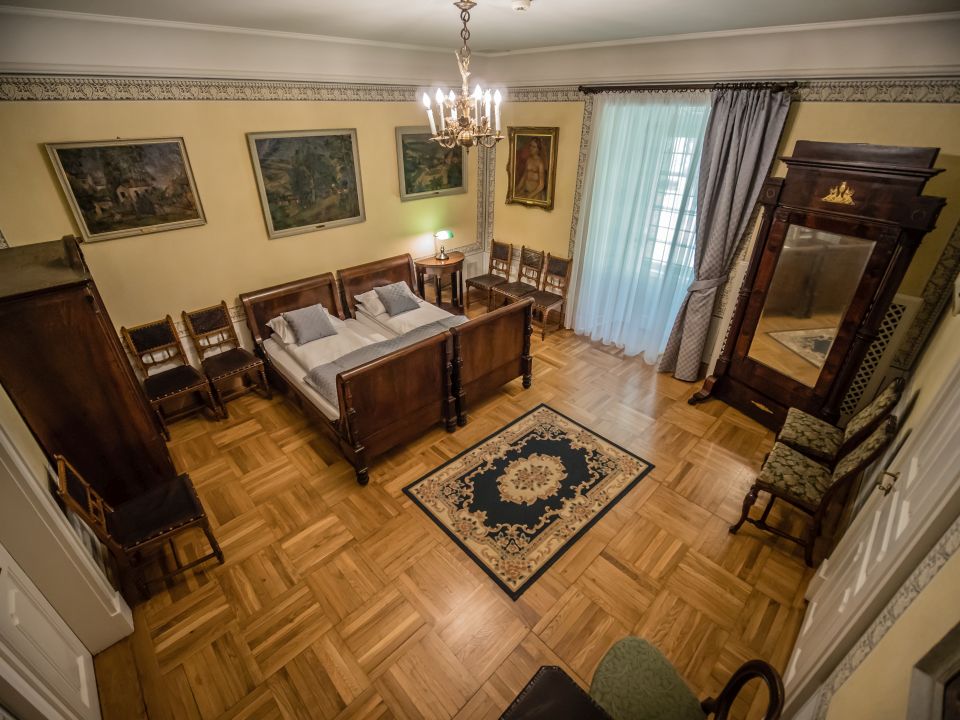
Jagiellonian University in Kraków :: 2024
